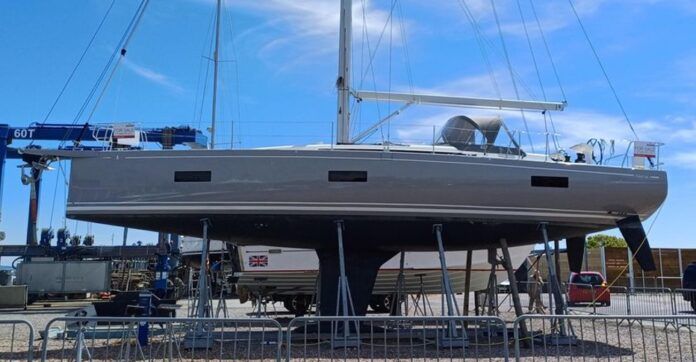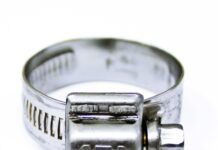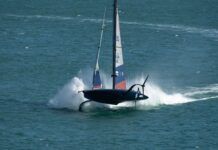
This is a simple explanation for those new to sailboats about what effect sailboat design has on performance. There are few “bad” boats but having a boat that is the wrong design for the type of sailing you want to do can, and does, put newcomers off the sport.
To continue reading this article or issue you must be a paid subscriber. Sign in
Subscribe to Practical Sailor
Get full access to Practical Sailor - over 4,000 articles - for just $34.
Subscribe today and save 42% off the annual rate.









































Thanks for the great article, Roland. Very helpful in making a complex topic much more understandable. As someone looking to buy their first cruising boat (used), do you have any other suggested articles or books to read on how design affects performance?
Great article – next time could you plse include material on wing keel hydrodynamics ?
tx
Maybe I missed it. There was no mention of the effects of the fore and aft position/size of the keel, skeg, rudder etc has for a given sail plan on balancing the boat. (ie: ability to sail close-hauled with only a slight leeward rudder angle, thus minimizing drag.)